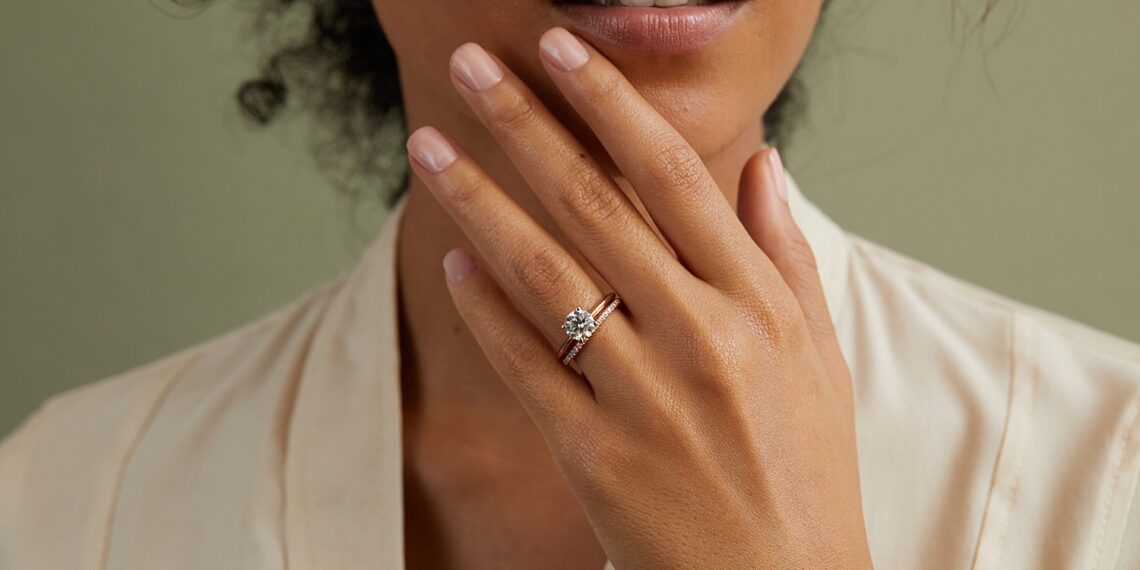Diamonds have long been a symbol of love and commitment, and engagement rings have become synonymous with this precious stone. However, with the increasing awareness of the ethical and environmental impact of our purchases, many couples are turning to lab-grown diamonds as a more sustainable and ethical alternative to traditional natural ones.
In this blog post, we will explore the rise of lab-grown diamonds for engagement rings, including what they are, how they are made, their differences with natural ones, their ethical and environmental benefits, quality and affordability, how to choose the perfect lab-grown diamond, and debunking common myths about them.
By the end of this post, you will have a comprehensive understanding of lab grown engagement rings and why more jewelers are embracing this sustainable and ethical option.
Rise of Lab-Grown Diamonds for Engagement Rings
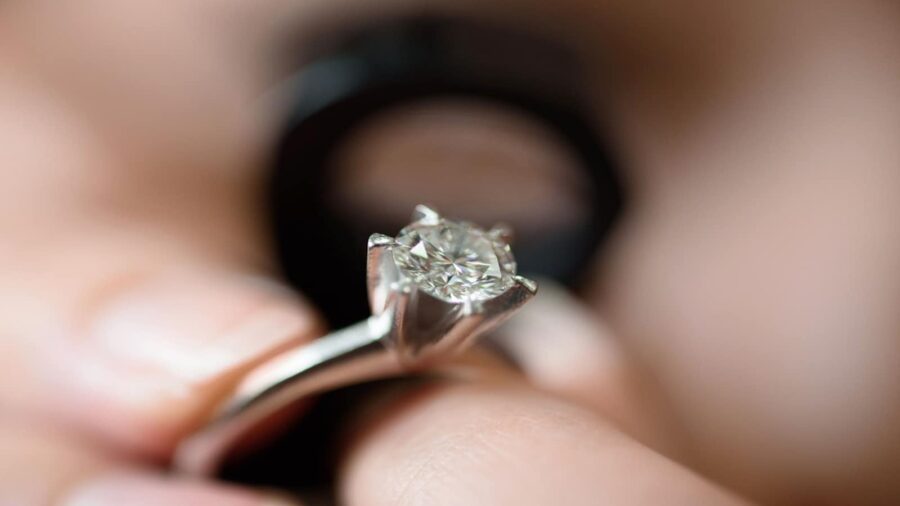
The diamond has been the traditional gemstone of choice for engagement rings for over a century. However, in recent years, there has been a shift in the industry towards lab-grown diamonds. According to a report by IIDGR, the lab-grown diamond industry is predicted to grow by 15% to 20% annually over the next decade.
This trend can be attributed to a number of factors, including increased awareness of the ethical and environmental impact of natural diamonds, as well as the improved quality and affordability of lab-grown ones.
What are Lab-Grown Diamonds and How are They Made?
Lab-grown diamonds are created in a laboratory using advanced technological processes that replicate the conditions in which natural ones are formed. These conditions involve high pressure and high temperature.
There are two main methods used to create them:
High-Pressure High-Temperature (HPHT) and Chemical Vapor Deposition (CVD). The HPHT method involves using a seed diamond and subjecting it to extreme heat and pressure in a press. The CVD method involves the use of a carbon-rich gas, which is heated to create a plasma. The carbon atoms in the gas bond to a substrate, creating a diamond layer.
Differences Between Lab-Grown and Natural Diamonds
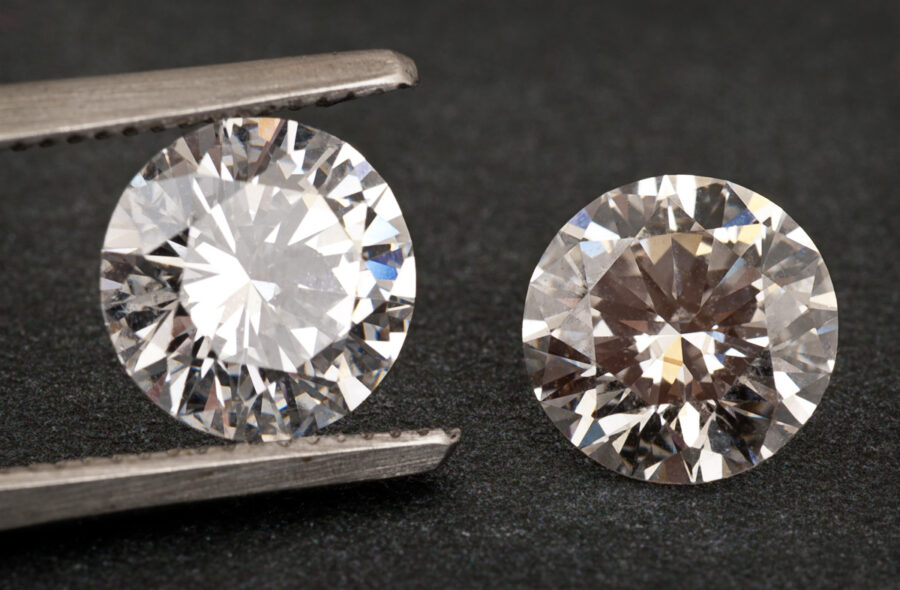
There are several differences between lab-grown and natural diamonds. Firstly, natural ones take millions of years to form, while lab-grown ones can be created in a matter of weeks.
Secondly, natural ones are formed deep within the earth’s mantle, while lab-grown ones are created in a laboratory. Thirdly, lab-grown ones have fewer inclusions and blemishes than natural ones, making them more visually appealing. Lastly, lab-grown diamonds are typically less expensive than natural ones.
Ethical and Environmental Benefits of Lab-Grown Diamonds
One of the main benefits of lab-grown diamonds is their ethical and environmental impact. The industry has long been associated with human rights abuses and environmental destruction. Many natural diamonds are mined in conflict zones, where they are used to finance armed conflicts and human rights abuses.
Additionally, mining can have a significant environmental impact, with large areas of land destroyed and ecosystems disrupted. Lab-grown ones, on the other hand, are produced without the need for mining, making them a more sustainable and ethical choice.
Quality and Affordability of Lab-Grown Diamonds
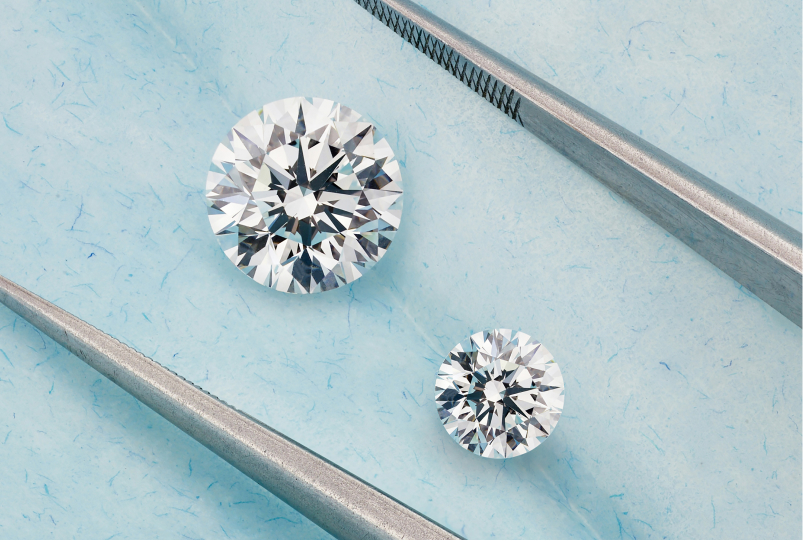
Another benefit is their quality and affordability. In the past, they were considered to be of lower quality than natural ones. However, advances in technology have led to the production of high-quality lab-grown diamonds that are virtually indistinguishable from natural ones. Additionally, they are typically less expensive than natural ones, making them a more affordable choice for consumers.
How to Choose the Perfect Lab-Grown Diamond
When choosing a lab-grown engagement ring, there are several factors to consider.
Firstly, it is important to choose a reputable jeweler who specializes in lab-grown diamonds. This will ensure that you are getting a high-quality product that has been ethically and sustainably produced.
Secondly, it is important to consider the 4 Cs of its quality: carat weight, cut, color, and clarity.
Finally, it is important to consider your budget and choose the one that fits within your price range.
Debunking Common Myths about Lab-Grown Diamonds
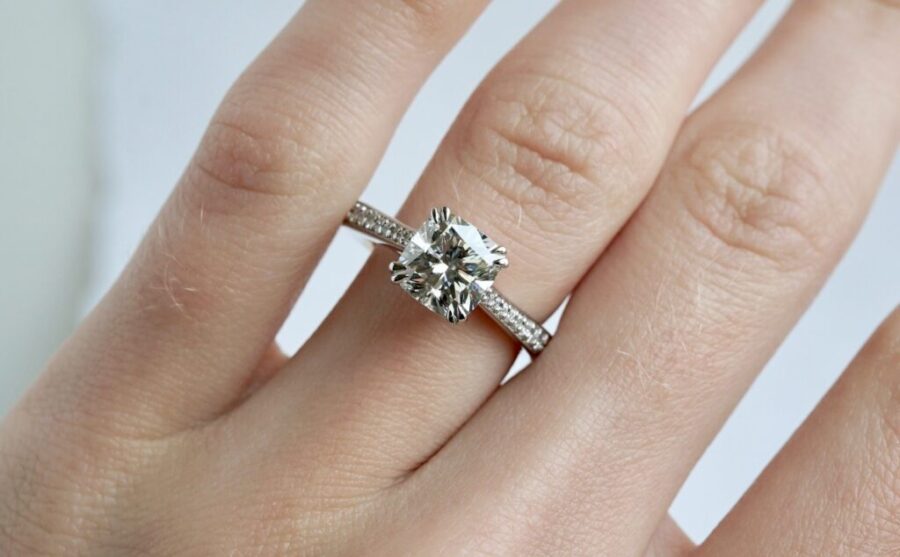
There are several common myths about lab-grown diamonds that are not true.
One of the most common myths is that they are fake or synthetic. This is not true, as they have the same physical and chemical properties as natural ones.
Another myth is that they devalue natural ones. This is also not true, as the two types of diamonds are not in direct competition with each other.
Additionally, some people believe that they are of lower quality than natural ones. However, as mentioned earlier, advances in technology have led to the production of high-quality lab-grown diamonds that are virtually indistinguishable from natural ones.
Celebrity and Industry Endorsements of Lab-Grown Diamonds
In recent years, there has been an increasing number of celebrities and industry professionals who have endorsed them. For example, Meghan Markle, the Duchess of Sussex, was given a lab-grown engagement ring by Prince Harry.
Additionally, some jewelry brands specialize in ethically and sustainably produced lab-grown diamonds. This trend towards them has also been recognized by the traditional industry, with companies now offering certification for them.
The Future of Lab-Grown Diamonds in the Jewelry Industry
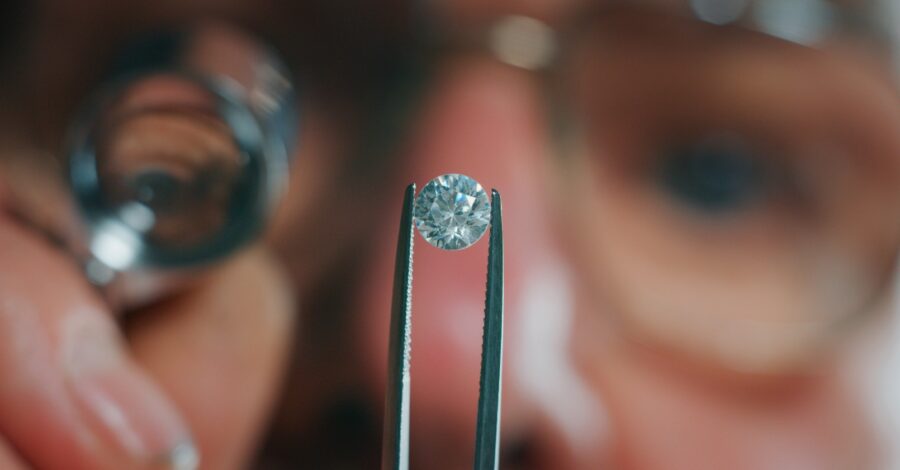
The future of lab-grown diamonds in the jewelry industry looks bright. As consumers become more aware of the ethical and environmental impact of their purchases, the demand for them is likely to continue to grow. Additionally, advances in technology are likely to lead to even higher quality and more affordable lab-grown pieces in the future.
While natural ones will likely always have a place in the jewelry industry, lab-grown ones offer a sustainable and ethical alternative that is becoming increasingly popular among consumers.
Comparing Lab-Grown Diamonds to Other Alternative Gemstones
While lab-grown diamonds are becoming increasingly popular, there are other alternative gemstones that are also worth considering. For example, moissanite is a gemstone that has a similar appearance to a diamond but is less expensive.
Additionally, colored gemstones such as sapphires, emeralds, and rubies are also popular choices for engagement rings. When choosing an alternative gemstone, it is important to consider factors such as durability, color, and price.
All in All
In conclusion, the rise of lab-grown diamonds for engagement rings can be attributed to several factors, including their ethical and environmental benefits, quality, and affordability. When choosing a lab-grown engagement ring, it is important to choose a reputable jeweler and consider factors such as the 4 Cs of diamond quality and your budget.
While there are several myths about lab-grown diamonds, they offer a sustainable and ethical alternative to natural ones that is becoming increasingly popular among consumers. As the demand for ethical and sustainable products continues to grow, the future of lab-grown diamonds in the jewelry industry looks bright.

